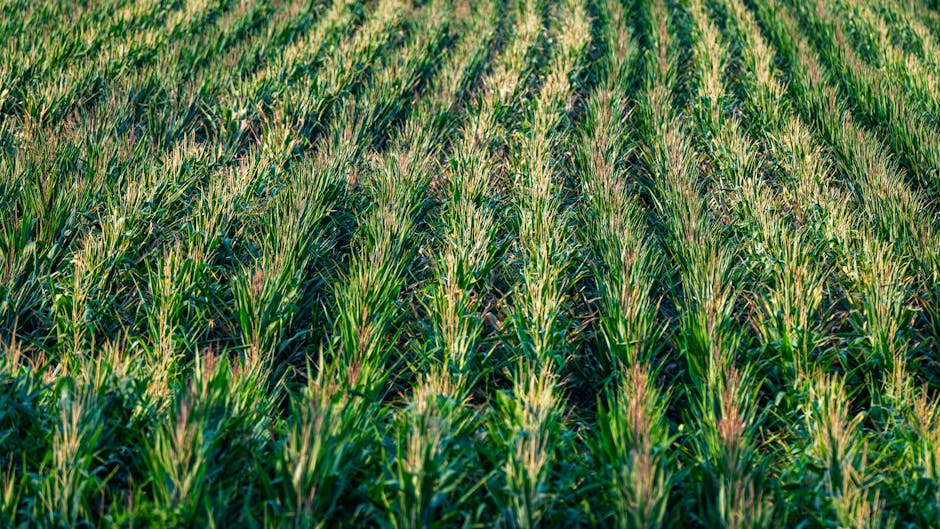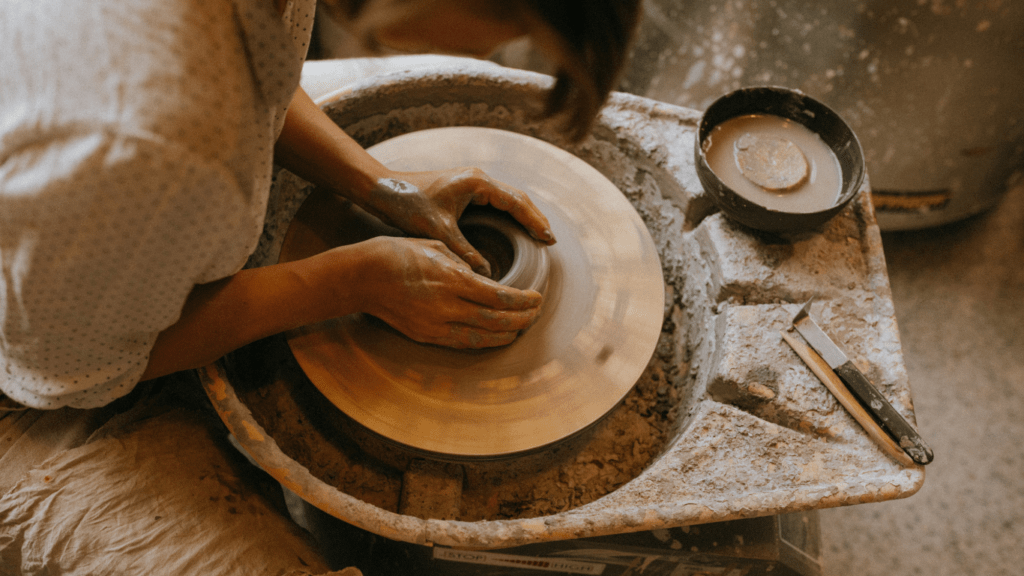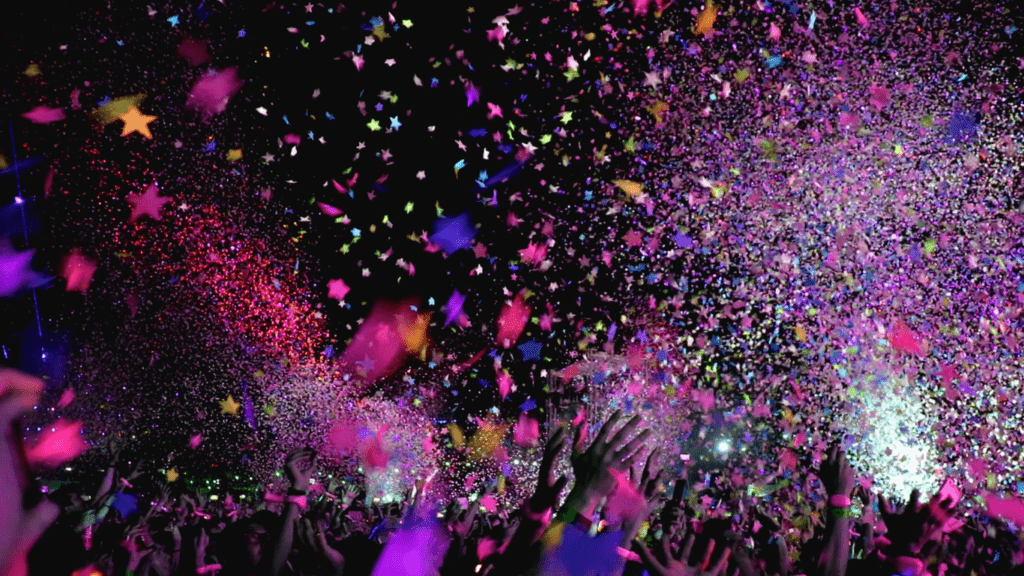A Shift in Form: 3D Printing Enters the Studio
3D printing is no longer just an industrial tool it has become a powerful extension of the artist’s hand. As digital fabrication reshapes contemporary sculptural practice, it introduces new possibilities for form, material, and process.
Rewriting the Sculptor’s Toolkit
Digital fabrication is expanding the creative process beyond the limits of traditional tools. Instead of working solely with hands, chisels, or molds, sculptors now integrate:
3D modeling software for concept development and precision
Machine assisted fabrication that accelerates execution
Hybrid workflows combining digital and analog methods
This shift allows artists to move from physical constraints to digital freedom, where imagination can directly guide creation.
From Clay to Code
The transition from hands on modeling to computer generated designs reflects a broader movement in art making. Artists are turning to additive manufacturing (3D printing) for several key reasons:
Precision and control: Digital tools offer unmatched accuracy for intricate forms
Speed and adaptability: Faster prototyping means more time for experimentation
Access to new aesthetics: Digital environments make non traditional shapes and symmetry possible
Where once a design might take weeks to shape in clay, it can now be prototyped in hours, reshaped at will, and reproduced without mechanical wear.
Materials That Matter
The materials available to 3D sculptors continue to grow, offering both creative flexibility and structural diversity. Common options include:
Plastics: Easily printable and great for prototyping or abstract forms
Metals: Durable and suitable for display ready or outdoor pieces
Ceramics: Allow for traditional finishes with modern forms
Composites: Blend functionality with aesthetics, offering strengthened builds with unusual textures
These varied inputs help artists match material to meaning elevating the medium from experiment to expressive, museum ready work.
Sculpting Without Limits
3D printing doesn’t just replicate traditional sculpture it redefines what’s physically possible. Artists can now create forms so intricate, so impossibly detailed, that no hand tool could replicate them. Think lattice structures inside hollow forms, or figures balanced in ways that would collapse in clay. Geometry has been unshackled.
But this isn’t about abandoning the old ways. Many artists are blending digital and physical workflows. They might start with a hand modeled clay form, scan it, push the boundaries in CAD software, and then print components that get reassembled or enhanced by hand. It’s a loop analog informs digital, and vice versa.
What this hybrid approach allows is iteration. Fast. Multiple versions can be printed, tweaked, and reprinted until the form feels right. Customization isn’t a luxury anymore it’s built into the process. Artists can now tailor works for clients, spaces, or even emotions, without breaking pace.
New Voices, New Visions

3D printing isn’t just about fancy tools it’s breaking down walls. Traditional sculpture often required a studio, expensive materials, and years of practice. Not anymore. With a basic understanding of design software and access to a printer (your own or through a service), more artists are getting in the door. It’s cheaper to experiment, faster to iterate, and easier to share work with a global audience.
Beyond cost, accessibility is getting a long overdue upgrade. Digital designs can be adapted with minimal effort scaling up, down, or tweaking features to serve a range of mobility and sensory needs. Physical ability is less of a barrier when the heavy lifting is done by the machine.
And then there’s the open source effect. Creators across continents are teaming up, remixing models, testing new materials, and sharing templates online. It flips the old school idea of solitary genius on its head. Collaboration is the new normal and it’s speeding up innovation in ways we haven’t seen before.
Challenges That Still Shape the Medium
3D printed sculpture may look effortless hit “print” and a finished object emerges. But the idea of “print and done” is a myth. Surface flaws, structural weaknesses, and post processing hurdles are common. Artists still spend serious time sanding, refining, and assembling parts. The printer’s job is just part one. Quality control is still deeply human.
Then there’s scale. Want a life size bronze figure or a room sized installation? You’re going to need more than a desktop resin printer. Large scale printing demands industrial machines, pricey materials, and massive power bills. Even with access, printing bigger means longer run times, more chances for failure, and more cleanup. Bigger isn’t just bolder it’s costlier, riskier, and slower.
Lastly, the remix culture that fuels digital sculpting raises messy questions about ownership. When someone modifies your open source design or trains an AI off your unique style, where’s the line between inspiration and theft? Artists need to be digitally literate and legally alert. Copyright law wasn’t built for this space, but it’s where things are headed fast.
3D printing may expand creative potential, but the medium still carries real world complications. The dream’s alive but it isn’t automatic.
What This Means for the Future of Sculpting
There’s no longer a clear line between the artist and the technologist. The new sculptor is often both skilled in modeling software, fluent in code, and comfortable debugging a printer jam before sanding a printed bust. In 2024, technical literacy isn’t optional. It’s integral to the process of making.
Institutions are finally catching up. Galleries and museums are curating digital native sculpture with the same seriousness as marble or bronze. Installations are pushed beyond physical form think data driven pieces that evolve in real time, or sculpture as code that lives both online and in AR.
For artists, this opens up new creative and logistical possibilities. Exhibition design changes when a piece can be printed on site or even streamed into a viewer’s living room. And the tools are evolving fast: generative modeling, responsive materials, low waste practices.
Explore how these future sculpting techniques are reshaping the creative process, from concept to display: Explore future sculpting techniques.
Where It’s Headed Next
We’re past the point of asking whether tech belongs in sculpture. Now the conversation has turned to how fast it can evolve the medium. AI assisted design is rapidly becoming a core part of how artists build generative algorithms draft forms, adjust geometry in real time, and adapt to material constraints on the fly. For some sculptors, the AI becomes a collaborator that responds instantly to changes, speeding up iteration and unlocking shapes too complex or adaptive for manual planning.
On the sustainability front, artists are pivoting hard. Biodegradable filaments, recyclable composites, and locally sourced polymers are being favored over old school petrochemical plastics. Studio setups are changing too more creators are using zero waste workflows, closed loop material systems, and modular setups where scraps from one piece become the input for the next. It’s thoughtful, efficient, and about as far from the waste heavy processes of traditional sculpting as you can get.
This isn’t just tech for tech’s sake it’s shaping new aesthetics, new disciplines, and even new schools of thought. The artists driving these changes aren’t waiting for permission. They’re pulling the future into the studio, one layer at a time.
See how future sculpting techniques are defining tomorrow’s art movements.

 Christyn Stearnsio, the visionary founder of Sculpture Creation Tips, is a passionate artist with a deep love for the art of sculpting. With years of experience in the field, Christyn has dedicated her career to sharing her knowledge and expertise with others, creating a platform that serves as a comprehensive guide for sculptors at all levels. Sculpture Creation Tips is a testament to her commitment to nurturing creativity and helping artists master the delicate craft of sculpting. Through detailed tutorials, insightful articles, and a supportive community, Christyn empowers aspiring sculptors to explore their artistic potential, refine their skills, and bring their unique visions to life. Her dedication to the art form is evident in every piece of advice and inspiration she shares, making Sculpture Creation Tips a trusted resource for sculptors around the world.
Christyn Stearnsio, the visionary founder of Sculpture Creation Tips, is a passionate artist with a deep love for the art of sculpting. With years of experience in the field, Christyn has dedicated her career to sharing her knowledge and expertise with others, creating a platform that serves as a comprehensive guide for sculptors at all levels. Sculpture Creation Tips is a testament to her commitment to nurturing creativity and helping artists master the delicate craft of sculpting. Through detailed tutorials, insightful articles, and a supportive community, Christyn empowers aspiring sculptors to explore their artistic potential, refine their skills, and bring their unique visions to life. Her dedication to the art form is evident in every piece of advice and inspiration she shares, making Sculpture Creation Tips a trusted resource for sculptors around the world.
